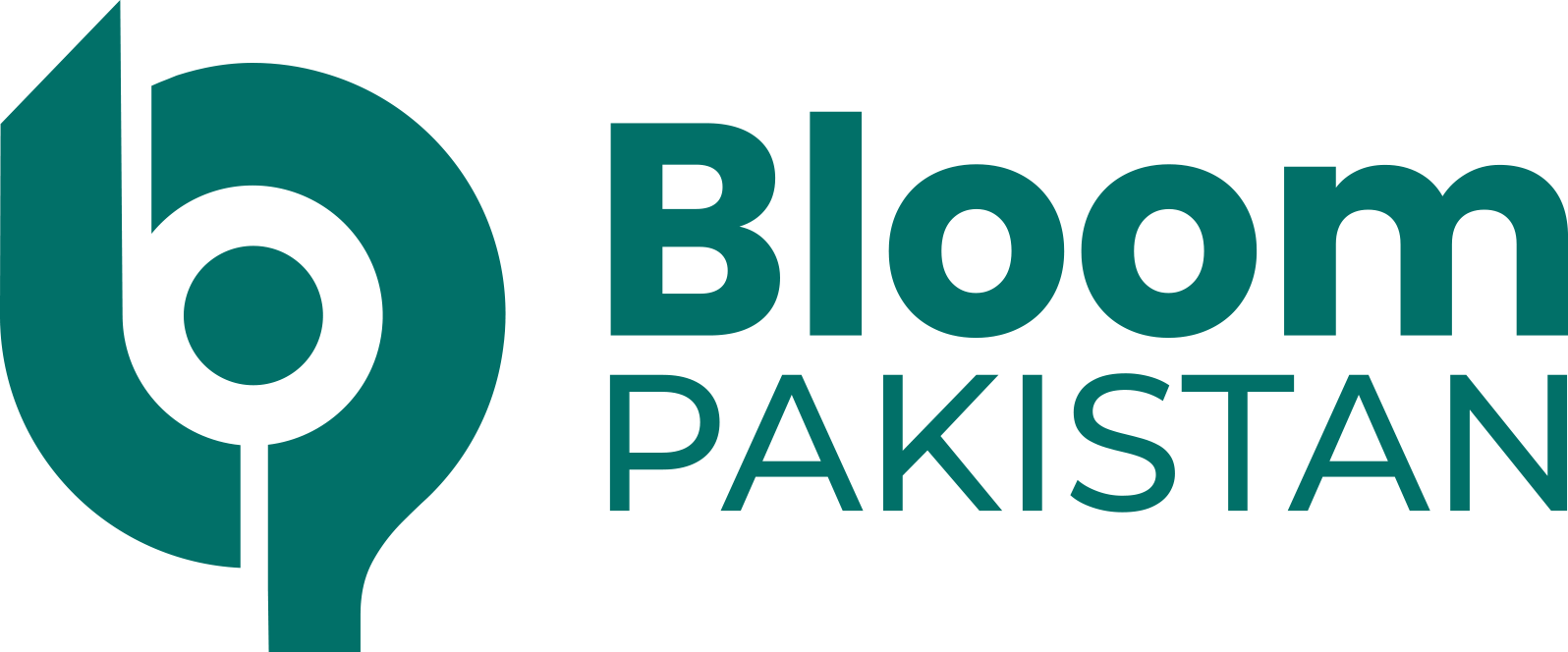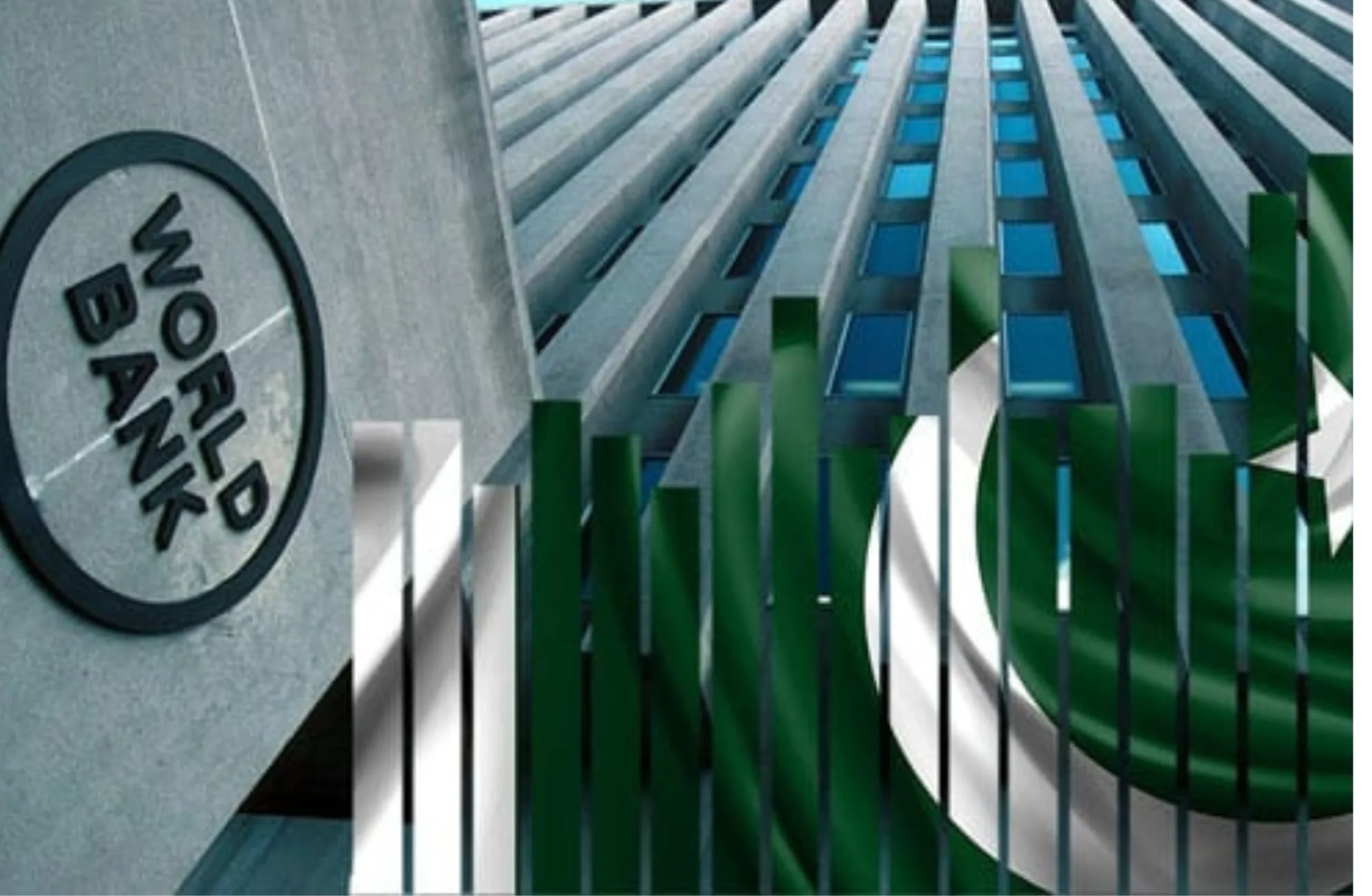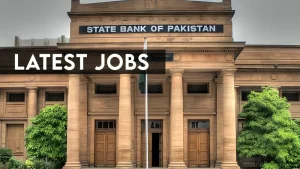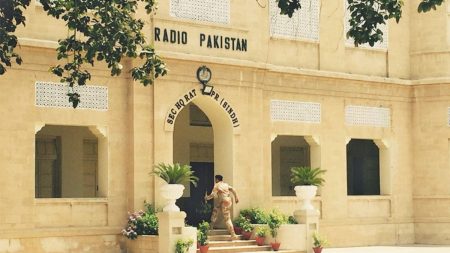Islamabad: The World Bank’s latest economic update on Pakistan paints a rather cautious picture for the country’s growth prospects in the near and medium term.
The revision of the GDP growth projection from 2.8% to 2.7% for fiscal year 2025 highlights the persistent challenges in Pakistan’s economic landscape, despite some positive factors such as lower inflation and increased private investment.
A few key takeaways from the report:
Structural Reforms and Private Investment:
The report emphasizes that Pakistan needs bold and sustained reforms to encourage private investment and boost export competitiveness.
The government’s focus on reducing bureaucratic red tape, streamlining the business regulatory environment, and cutting down anti-export policies is critical for achieving sustained economic growth.
Agricultural and Industrial Outlook:
Agricultural growth is projected to be sluggish, mainly due to a weak first half of fiscal year 2025. However, industrial growth is expected to strengthen as sectors like construction and electricity recover.
Still, industrial growth is expected to remain moderate in the medium term, averaging around 2.8% annually.
Inflation and Fiscal Challenges:
While inflation is expected to decline to 5% in fiscal year 2025, there are concerns that it could rise again in subsequent years due to domestic demand recovery and higher energy prices.
The fiscal deficit remains high at 6.8% of GDP, with public debt continuing to rise, which could put additional pressure on Pakistan’s economic stability.
Read More: Minister meeting IMF, World Bank Heads Focus on Growth, Reforms
Poverty and Food Insecurity:
The poverty rate is projected to remain stagnate at 25.6% in H1 fiscal year 2025, largely due to slow income growth in the sectors that employ the poor.
Furthermore, a significant portion of the population is expected to face acute food insecurity, exacerbated by unfavorable climatic conditions affecting agricultural production.
External Risks:
The report highlights that Pakistan’s economic outlook is vulnerable to several external factors, including rising global protectionism, geopolitical tensions, and a potential slowdown in major trading partners like China.
The country’s reliance on external financing and high external debt further amplifies these risks.
Urgency for Reforms:
The World Bank underscores that without tackling issues like inefficient public sector institutions, slow privatization, and a convoluted business environment, Pakistan may struggle to transform short-term stabilization efforts into long-term sustainable growth.
Also Read: Pakistan Poverty Rate Projected at 42.4% in 2025: World Bank Report
While the 2.7% growth projection for fiscal year 2025 isn’t a catastrophe, it does suggest that Pakistan’s recovery is fragile and requires urgent reforms to make economic growth more robust and inclusive. Story by Ahmed Mukhtar.









